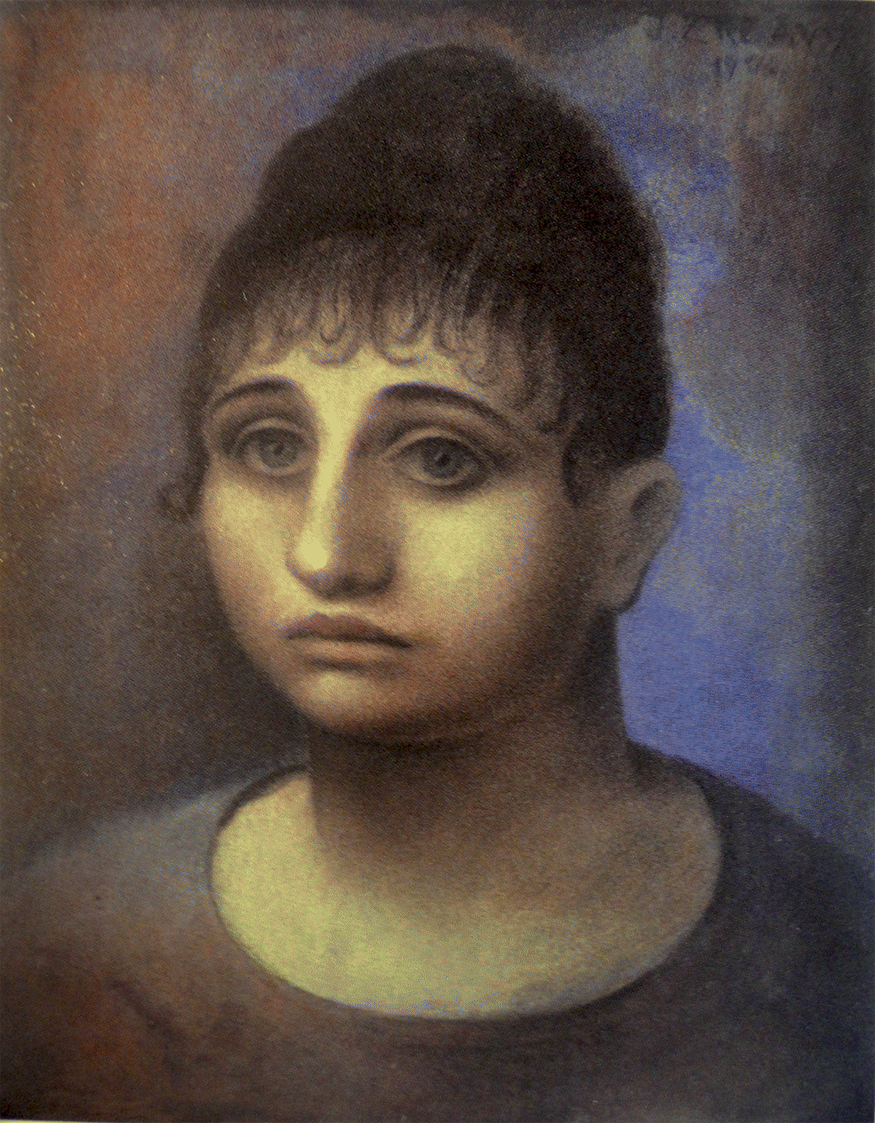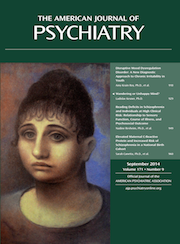Wandering or Unhappy Mind?

The Czech painter Jan Zrzavý (1890–1977) was one of several major Central European modernist artists who sought to capture emotional and mental states and psychopathologies—both their own and those of other people. Unlike the works of his more famous contemporaries, such as Kokoschka or Schiele, his attempts to visualize emotions and mental trauma were not directly informed by a deeper knowledge of Freudian depth psychology. Around 1910, Zrzavý made several cryptoportraits in which he subjected his likeness to a refined autostylization; these are usually interpreted as sublimations of his emotional states and feelings, related to the painter’s narcissistic personality and painfully experienced homosexuality. In Prince (1907), the closed eyes create a feeling of dream or hallucination and call to mind the favorite topic of symbolist art—an inner vision and daydreaming—thus connecting it to several of Zrzavý’s paintings of the same period that feature female subjects in melancholic poses. In Portrait of the Young Woman from 1915 (shown here), however, Zrzavý dispensed with the traditional melancholic pose, presenting instead the head of a young woman in a state of self-absorption or mind wandering.
Various incarnations of brooding, immobile, detached, apathetic, or otherwise inexpressive faces inhabit turn-of-the century art. Although some of them are related to the older tradition of depiction of melancholia, they now often seem to refer to the phenomenon of daydreaming or reverie, which occupied a distinct place in the cultural consciousness of the period and often had a deeper symbolic connotation. Mostly female figures, submerged in moments of daydreaming, appear in turn-of-the-century art in a broad spectrum—from masterly renderings in the works of Edouard Manet, Fernand Khnopf, or Alphonse Mucha to works suffused with affected sentimentality. The attraction of Zrzavý’s portrait inheres in a subtle oscillation between an opaque, inexpressive face and a barely perceptible trace of emotional tone of sadness or melancholy that it radiates. The painting thus powerfully activates the affective resonance and empathic reaction of viewers, absorbing our gaze and prompting us to look for subtle traces of emotion and presence of mind in an empty somatic membrane of the face.
Where Freud (1) once famously hailed daydreaming as a state conducive to creative thinking, contemporary neuroscience posits a link between mind wandering and negative mood (2). Zrzavý’s portrait thus offers an interesting, purely artistic analogy to the current research that links mind wandering to dysphoria, or even suggests mind wandering as a marker for depressive thinking (3, 4). The face of the girl, as it resonates in the viewer’s mind, spans exactly the interval between a wandering mind and unhappy mood or depression, which contemporary science has been exploring.
1 : The creative writer and daydreaming, in The Uncanny. By . London, Penguin, 2003, pp 25–34Google Scholar
2 : A wandering mind is an unhappy mind. Science 2010; 330:932Crossref, Medline, Google Scholar
3 : Mind-wandering and dysphoria. Cogn Emotion 2007; 21:816–842Crossref, Google Scholar
4 : Shifting moods, wandering minds: negative moods lead the mind to wander. Emotion 2009; 9:271–276Crossref, Medline, Google Scholar



